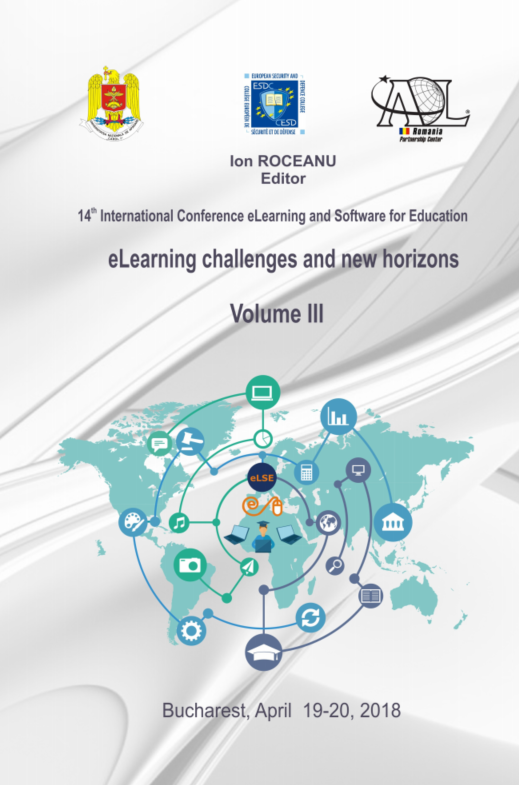Increase Performances in Ski-Biathlon by Reducing Anxiety Stress Using Mental Training Techniques
Increase Performances in Ski-Biathlon by Reducing Anxiety Stress Using Mental Training Techniques
Author(s): Emilia Florina Grosu, Florin Constantin Motică, Mircea-Nicolae Ordean, Vlad Teodor GrosuSubject(s): Social Sciences, Education
Published by: Carol I National Defence University Publishing House
Keywords: skiing-biathlon; stress; anxiety; cardiac rhythm; sport performance;
Summary/Abstract: The aims of this study are: to modify dysfunctional negative emotions during competition, by using mental training techniques. Improving behavior of athletes is possible by reducing stress and anxiety. Problem Statement: first testing took place during 05-06.02.2015, subjects aged between 12 ± 6 and 17 ± years, consisting of 15 athletes both in group I and the group II, mean age of 15.05 for subjects in group I and 15.49 for subjects in group II. Second testing took place in February 2016, same period. Purpose of Study: the experimental series comprised 20 skiers, from the club CSS Vatra - Dornei (SV) - control group and CSS Baia - Sprie (MM) - experimental group. General aims in conducting the research were to develop a strategy that can reduce stress and anxiety during competition. We worked with athletes that had to learn relaxation techniques, mental and physical. To determine mental training, we have applied specific techniques, that influence certain psychological factors to optimize performance in biathlon skiing. Methods: we used a device EmWave2, which is a biofeedback. It gives us information about physiological indicators such as heart rate. EmWave technology is based on the discovery of consistency. Coherence is a state of synchronization between the heart, brain and autonomic nervous system. By practicing condition of consistency throughout the body it can relieve stress, can heal emotional trauma, exaggerated worry and fear, and as it is practiced, there is an improvement in increasingly greater overall health. Findings and Results: using this tool we succeed in improving the general health of the athletes, we’ve optimized the performance capability by increasing the speed of learning and the power of concentration, achieving a higher level of emotional balance. To test the normal distribution the Shapiro-Wilk test was used. For data with normal distribution we have used the t test (Student) and to calculate uneven distribution or nonparametric ranks we used, Mann-Whitney (U) test for two unpaired samples or Wilcoxon for two pairs samples. For the analysis of three or more samples ANOVA test was used for normally distributed data or the non-parametric Kruskal-Wallis test, in the case of an uneven distribution of values or rank. Statistical analysis values of EmWave2 test, considering the three levels of consistency was observed: in group I - statistically highly significant differences between at least two levels (p <0.01). In group II - intense statistically significant differences between at least two levels (p <0.001). In experimental group we have observed- statistically highly significant differences between the levels of LH, MH (p <0.01) and in control group - statistically highly significant differences between the levels of LH, MH (p <0.01). Conclusions and Recommendations: The comparative analysis of test scores applied to the studied groups and statistical significance we can say that by applying mental training it leads to lower anxiety technique issues. In statistical analysis of the EmWave2 test were not observed statistically significant differences between the two groups (p> 0.05). Concerning mean heart rate (FC average) recorded by EmWave2 test, statistical intensely significant differences were observed between the two groups (p <0.001). The statistical analysis of time values by using EmWave2 test, were highly significant, between the two groups (p <0.01).
Journal: Conference proceedings of »eLearning and Software for Education« (eLSE)
- Issue Year: 14/2018
- Issue No: 03
- Page Range: 268-273
- Page Count: 6
- Language: English

